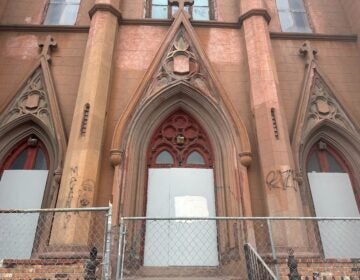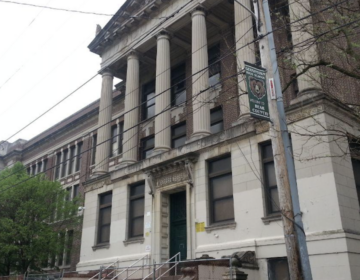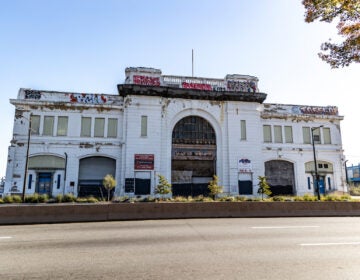River cruising with development community
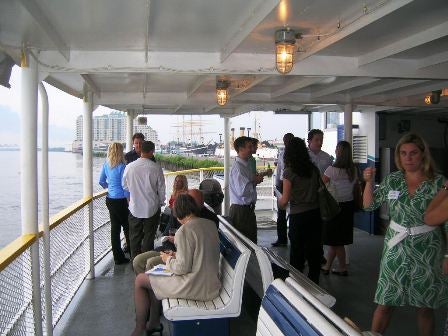
July 12
By Steven B. Ujifusa
For PlanPhilly
The Urban Land Institute sponsored an evening cruise on the Delaware River July 11 that while highlighting development, gave a strong nod to networking.
After casting off from Penn’s Landing, the chartered Camden RiverLink ferry sailed on a three-hour loop between the Betsy Ross Bridge and the Navy Yard. Onboard, members of the Urban Land Institute Philadelphia’s Young Leaders program got a chance to talk with professionals in the design and development industry.
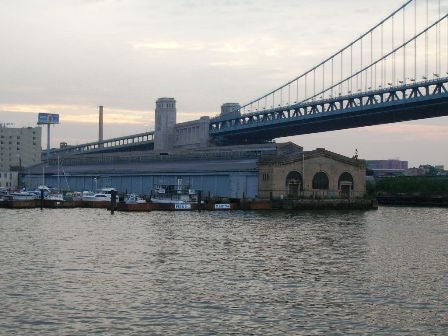
Figure 2. Piers 9 and 11 North. Photograph by author.
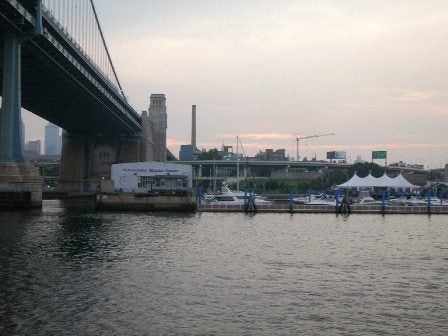
Figure 3. The Vine Street Lot. Photograph by author.
The cruise highlighted recently completed and proposed development projects. Companies such as Liberty Property Trust and Brandywine Realty were well-represented. Among the recently-completed projects described were Waterfront Square, Campbell Field, and the Dockside. Proposed projects showcased during the trip included the Greater Philadelphia World Trade Center, which is to be located at Spring Garden and Callowhill Streets. This mixed-used development could include a 28-story residential tower with 265 units, two high-rise office towers of 18 and 42 stories totaling 1.5 million square feet, and 118,000 square feet of retail. Also highlighted were the proposed sites for the SugarHouse Casino in Fishtown and the Foxwoods Casino in South Philadelphia.
The tour also gave development corporations a chance to showcase available waterfront properties. The Penn’s Landing Corporation gave out information packets about the large lots they had available for development. Along with the large lots on Penn’s Landing itself, other sites advertised included Piers 9 & 11, the Vine Street Lot (300-346 North Columbus Boulevard), the Spring Garden Street Development Site, and Piers 27-35 North.
These sites were well within the rapidly gentrifying portions of the city, but were still hindered by being cut off by I-95 and other barriers. Nonetheless, the signs of recovery and increasing vitality on the sites north of the Ben Franklin Bridge were quite apparent on this balmy July evening, most notable at Dave & Busters, the yacht basin, and the Festival Pier.
The Philadelphia Industrial Development Corporation got to show off the rapidly revitalizing Navy Yard, which is now in the midst of its “town center” phase of planning. Its warehouses and machine shops, now housing businesses such as Urban Outfitters, glittered on the murky waters of the Delaware River Basin.
North of Waterfront Square and Girard Avenue, the waterfront became an overgrown industrial wasteland, a stretch of crumbling piers, new growth trees, and lots choked with weeds and sumacs. Large abandoned industrial structure spunctuated the green landscape, most notably the Richmond and Delaware generating stations. A century ago, this landscape was bustling with boat traffic and its skies clouded with the smoke from hundreds of belching stacks.
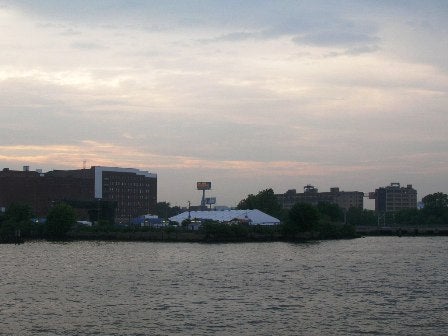
Figure 4. The Festival Pier. Photograph by author.
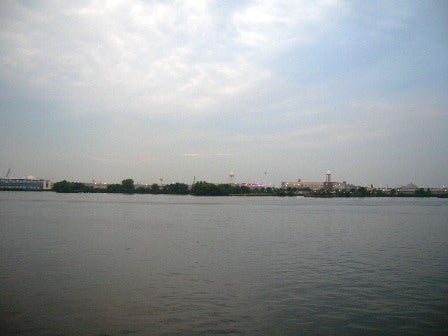
Figure 5. The proposed Foxwoods Casino site on Columbus Boulevard.
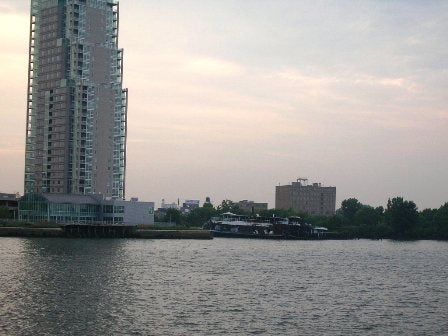
Figure 6. The newly-completed Waterfront Square, with a sunken ferry boat in the foreground. Photograph by author.
The gaps in the commentary allowed ample opportunity for the guests to fill in their friends and acquaintances about their own areas of expertise. Pointing out historic landmarks was especially popular among the dozens of architects, planners and other design professionals on the cruise.
Sarah Thorp, the executive director of the Delaware River City Corporation, pointed out some of the fascinating historic landmarks on the northern stretch of the cruise. The Delaware River City Corporation promotes waterfront development north of Allegheny Avenue in areas such as Kensington and Tacony. Thorp pointed out a massive ore pier, perched amidst the weeds and new growth trees of the Kensington shore.
The great concrete structure, its column bases smeared by graffiti, once housed a conveyer belt that offloaded iron ore from moored vessels for use in the factories and foundries that once lined the Delaware River. “That is probably one of coolest things on the river!” she said enthusiastically.
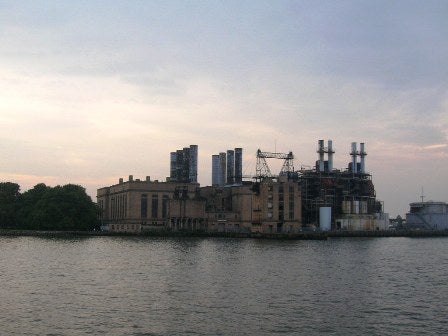
Figure 7. The Delaware Power Station and Penn Treaty Park.

Figure 8. Abandoned ore pier in Kensington.

Figure 9. North of Waterfront Square, the waterfront turns into a semi-wilderness of overgrown piers and trees. A couple emerged and stood at the edge of the pier as the boat passed by. Photograph by author.
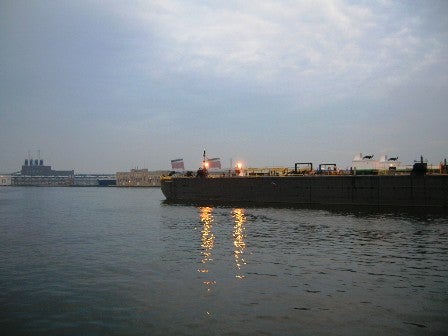
Figure 10. A lighter barge, riding high in the water, sits anchored in the middle of the Delaware River channel. The S.S. United States is in the background. Photograph by author.
George Claflen, Jr. an architect from Center City and principal of Claflen Associates, was particularly interested in the maritime-related elements along the waterfront.
These included the abandoned machine shop of the William Cramp and Son Ship and Engine Building Company. Claflen and Thorp lamented the impending fate of the historic structure. Instead of being considered for redevelopment, it is currently slated for demolition to make way for the new I-95 Interchange.
Across from the proposed site for the Foxwoods Casino, the ferry passes by a large barge, riding high in the water and anchored in the middle of the river. An idle tug boat sat crouched behind it. “Doesn’t this show how dead the river is now?” Claflen said. “A boat like that sitting anchored in the middle of what used to be a busy shipping channel.”
A trio of recent Penn graduates stood near the bow as the ferry passed by the ghostly shell of the S.S. United States. They represented the interdisciplinary talents of many of the young people in the design and development arena who have chosen to stay in Philadelphia. Rich Wilson, trained as a landscape architect, worked at the Arcadia Land Company in Wayne, a company that specializes in New Urbanist developments. Peter Skillings had just graduated from the Wharton MBA and Penn Design city planning programs, an example of someone who understands how design, planning and finance are becoming increasingly intertwined. James Yoakum had just completed the Wharton undergraduate program. Rather than work for a New York investment bank like many of his compatriots, the Kentucky-native started his own real estate investment venture. “When I started off at Wharton, I wanted to be an investment banker,” Yoakum said. “I then realized towards the end that I wanted to be an entrepreneur and take a risk when I was in my twenties. I loved real estate, cities and buildings. In order to known real estate, you need to understand good design, not just making the numbers work.”
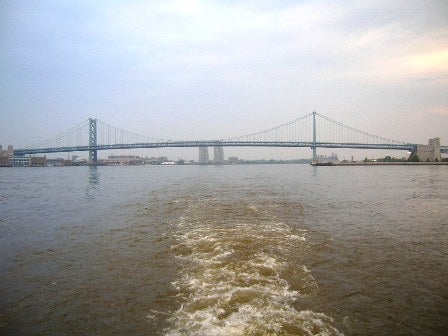
Figure 11. View astern towards the Ben Franklin Bridge. Photograph by author.
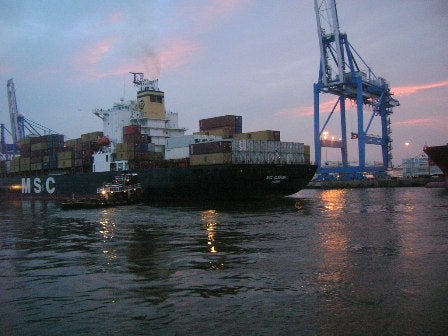
Figure 12. A tugboat nudges a container ship towards the dock in South Philadelphia. Photograph by author.
WHYY is your source for fact-based, in-depth journalism and information. As a nonprofit organization, we rely on financial support from readers like you. Please give today.




